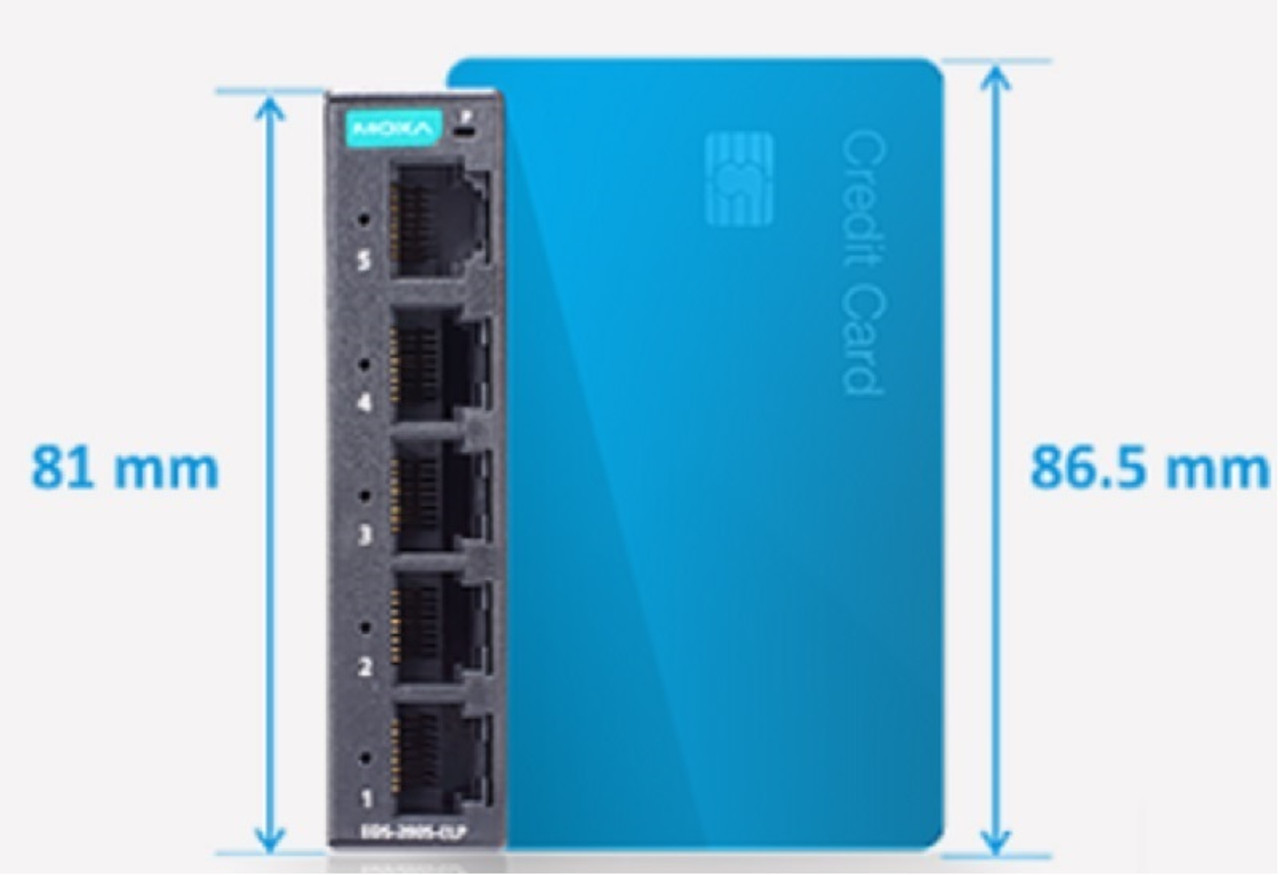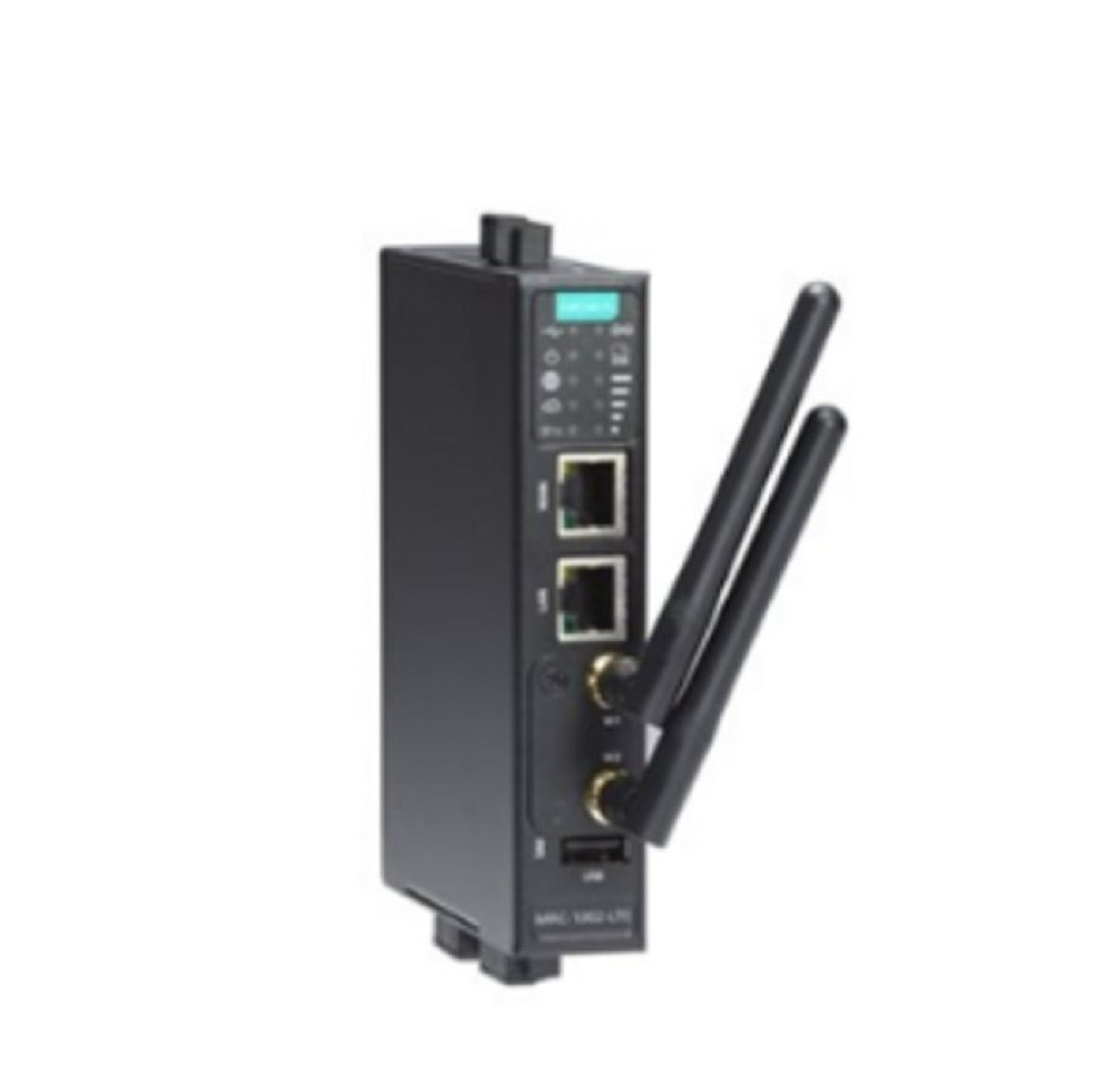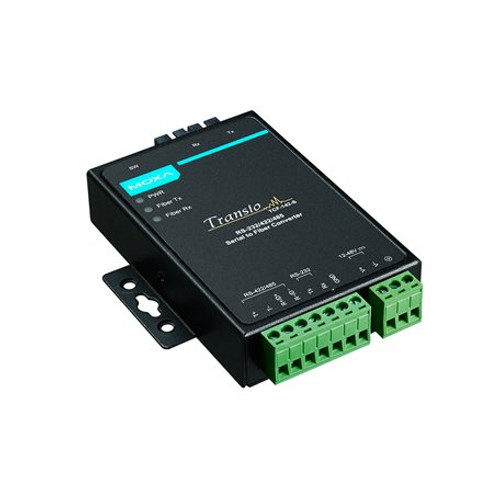
MOXA TCF-142-S-SC-T
TCF-142 Series| Exclusive Bulk Pricing on Select Products | ||
| Sign Up to Access. |
Features and Benefits
- Ring and point-to-point transmission
- Extends RS-232/422/485 transmission up to 40 km with single-mode (TCF-142-S) or 5 km with multi-mode (TCF-142-M)
- Decreases signal interference
- Protects against electrical interference and chemical corrosion
- Supports baudrates up to 921.6 kbps
- Wide-temperature models available for -40 to 75°C environments
Introduction
The TCF-142 media converters are equipped with a multiple interface circuit that can handle RS-232 or RS-422/485 serial interfaces and multi-mode or single-mode fiber. TCF-142 converters are used to extend serial transmission up to 5 km (TCF-142-M with multi-mode fiber) or up to 40 km (TCF-142-S with single-mode fiber). The TCF-142 converters can be configured to convert either RS-232 signals, or RS-422/485 signals, but not both at the same time.
Automatic Baudrate Detection
The TCF-142 converters can automatically detect the serial baudrate, which is an extremely convenient feature. Even if a device’s baudrate is changed, the signal will still be transmitted through the media converter without any data loss.
Ring Operation
The TCF-142 converters can be used to connect serial devices to a fiber ring. To form the ring, connect the Tx port of one TCF-142 to the Rx port of a neighboring converter. Once the ring is set up, simply use the DIP switches to configure the TCF-142 converters for ring mode. When one node transmits a signal, the signal travels around the ring until it returns back to the transmitting unit, which then blocks the signal. With the TCF-142, you can set up fiber rings that have a total circumference of up to 100 km.
Automatic Data Direction Control
Automatic Data Direction Control (ADDC) is a hardwaredata flow solution developed by Moxa to handle RS-485 data directioncontrol. ADDC senses and controls RS-485 data direction automatically,making it unnecessary to use the handshaking signal.















